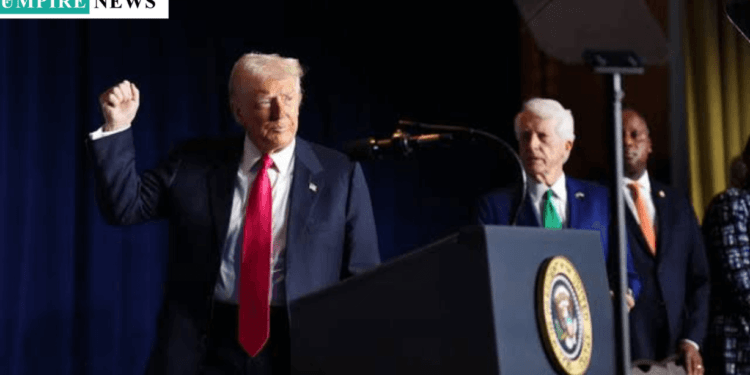U.S. President Donald Trump has confirmed that his administration will impose a 25 percent tariff on steel and aluminium imports, marking a bold continuation of his economic agenda. In a statement made on Sunday, Trump emphasized that both steel and aluminium imports would face the same level of financial penalty as part of a strategy to reduce America’s trade deficit and protect domestic industries from international competition.
The tariffs will be implemented immediately, as Trump made clear in his remarks. When asked about the aluminium tariffs specifically, Trump responded with a definitive “25 percent for both,” indicating that his administration would not make distinctions between the two metals. Additionally, the president suggested that further reciprocal tariffs would be introduced in the coming days.
He confirmed that these measures would target specific countries, and further details are expected to be announced later this week, reinforcing his approach of ensuring equal treatment in international trade.
Trump’s new tariff plan is expected to have a profound effect on key trading partners such as Mexico, Canada, and countries in the European Union. The United States is sending a clear message with this policy: if foreign countries impose tariffs on American goods, the U.S. will reciprocate in kind. This is a continuation of the President’s “America First” trade doctrine, which aims to restore fairness in trade and provide more support to domestic industries. This move follows similar measures enacted by Trump during his first term, particularly in his escalating trade war with China.
Trump also alluded to additional tariffs targeting foreign goods entering the U.S. market. These reciprocal tariffs would be part of a broader strategy to address perceived trade inequities. The President’s focus remains on ensuring that U.S. industries are not subjected to unfair trade practices and that other countries are held accountable for what he views as one-sided trade deals. The implementation of these tariffs is likely to have ripple effects in international trade relations, especially as global industries attempt to adjust to the new economic realities.



































